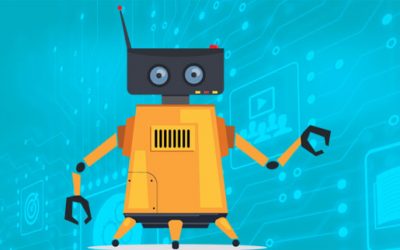In the last one year, the new remote-working normal has accelerated the adoption of most of the ‘digital-transformation-enabling technologies’ in a big way. There has been a lone notable exception though—5G! Like cloud, analytics, and mobility, 5G has been hailed as a foundational technology block for constructing the superstructure for enabling digital transformation. However, while investments in cloud and big data/analytics have swelled, 5G streams have dried up even before they could be formed.
For example, NASSCOM pegs the cloud computing market in India at $2.2 billion and expects it to clock a growth of 30% year-on-year. All major public-cloud service providers, including Microsoft, IBM, Google, and Amazon Web Services have established strong presence in India.
5G, on the other hand, is yet to be launched, as the commercial licenses are not yet in place. Auctions for 5G spectrum have got delayed and there are little chance that they will be held this calendar year. Early this month, on 4 May 2021, the Department of Telecom (DoT) approved of 5G trials to be conducted over a six-month period. This implies that the trials will not get completed before October–November this year, so auctions will get pushed to 2022.
(See: Tipping point for 5G networks likely in 2023, says Report)
(Also: India needs a coherent industry approach for 5G success)
5G is digital transformation’s missing pillar
Until 5G is licensed and deployed, digital transformation (DX) projects in India, whether at enterprises or in the government, will remain bereft of a key building block. A slew of next-generation digital applications, especially those involving internet of things (IoT), can realize their true potential only with the advent of 5G.
The DoT press release had rightly noted, “The objectives of conducting 5G trials include testing 5G spectrum propagation characteristics especially in the Indian context; model tuning and evaluation of chosen equipment and vendors; testing of indigenous technology; testing of applications (such as tele-medicine, tele-education, augmented/virtual reality, drone-based agricultural monitoring, etc.); and to test 5G phones and devices.”
“5G technology is expected to deliver improved user experience in terms of data download rates (expected to be 10 times that of 4G), up to three times greater spectrum efficiency, and ultra-low latency to enable Industry 4.0. Applications are across a wide range of sectors such as agriculture, education, health, transport, traffic management, smart cities, smart homes, and multiple applications of internet of things (IoT),” the release had added.
IoT platforms await a 5G push
In April 2021, Airtel had launched its ‘Airtel IoT’ integrated platform that enables enterprises to harness the power of IoT and be ready for the emerging era of connected things. Airtel counts some key customers that have been using Airtel’s IoT solutions. These include MG Motor, Pine Labs, Paytm, Kirloskar, BSES, Genus, and Kent, which are spread across industry sectors such as manufacturing, logistics, automobiles, BFSI, and utilities.
Close on the heels of the launch of Airtel IoT, Vodafone–Idea too launched its IoT solutions for enterprises in April itself.
While these platforms will be functional even in the absence of 5G networks, their true digital transformation (DX) potential will be unlocked only after the advent of 5G.











0 Comments